
Animal
09:52, 30-Apr-2019
Invisible lives: Butterflies in the sea
By Li Yunqi
00:40
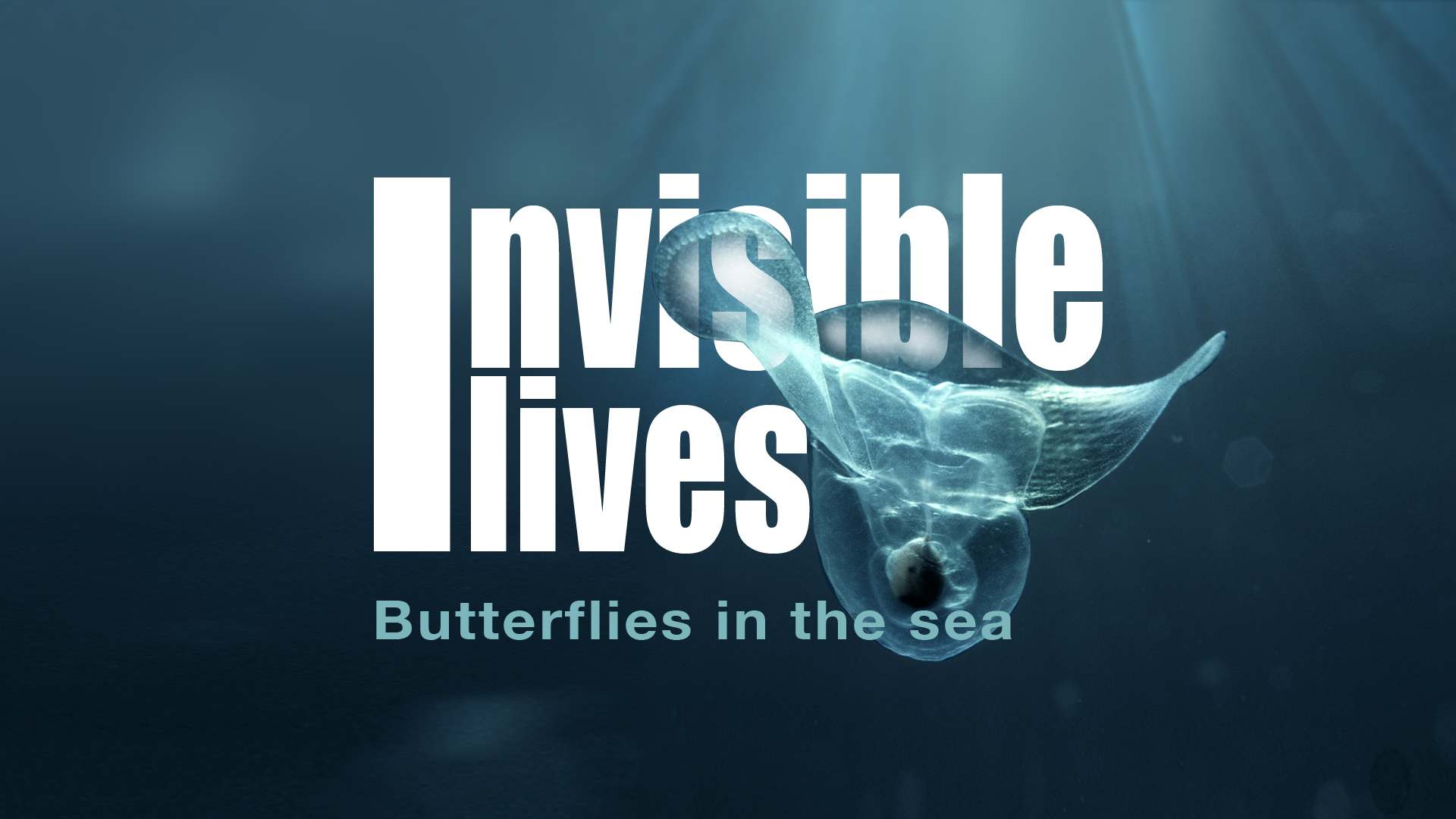
The scene of a sea butterfly flapping its “wings” and flying through the chilly water of the Arctic seas is mesmerizing. This tiny creature—size of a lentil—spends its entire life drifting aimlessly in the shallow parts of the ocean.
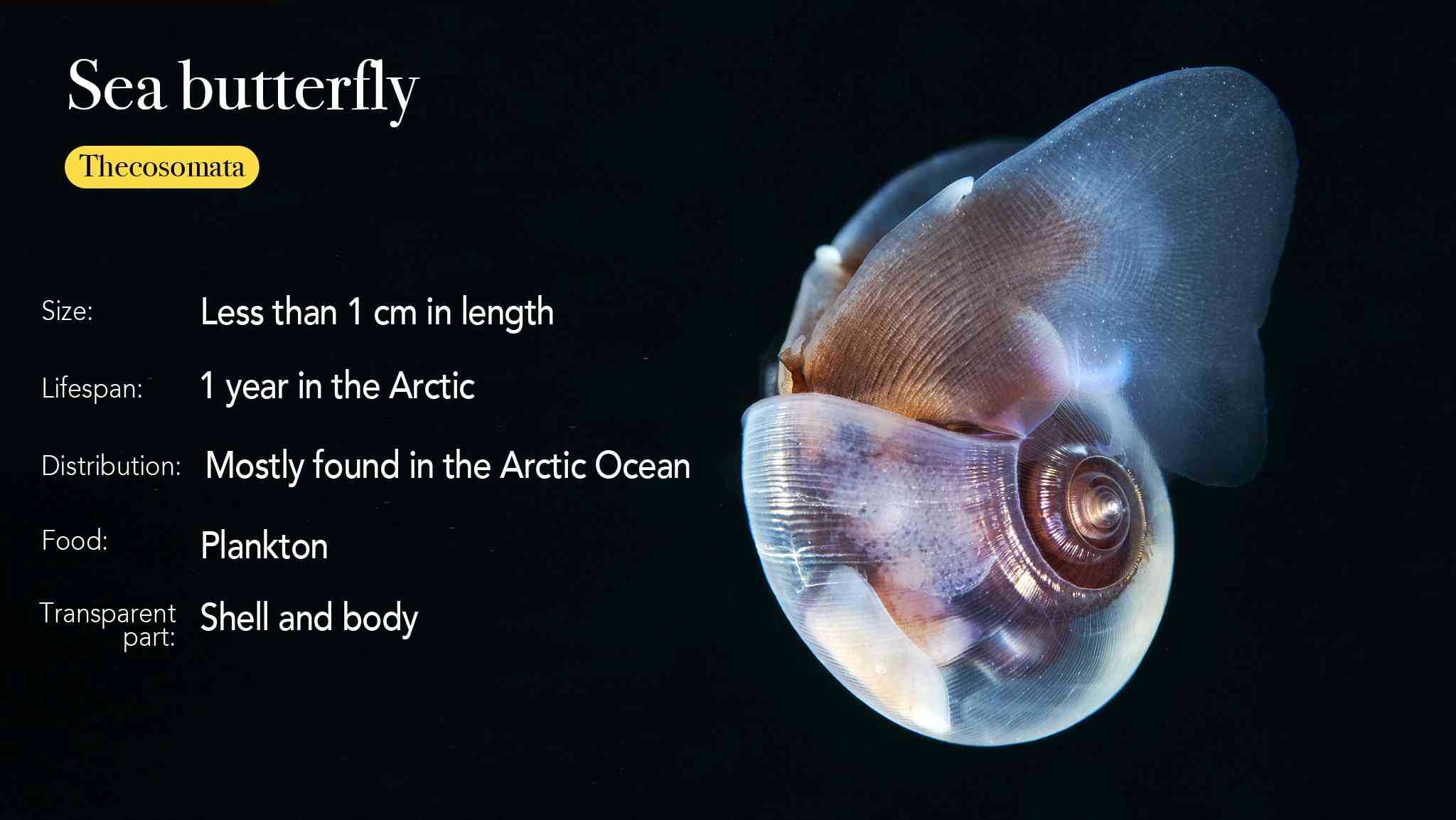
General information about the sea butterly. /CGTN Photo
General information about the sea butterly. /CGTN Photo
The sea butterfly is in fact sea snail that has adapted to life near the poles. It earns its name through the beautiful way it moves around in open water. Rather than crawling on the sea bed, the sea butterfly divides its fleshy foot into two lobes, or parapodia, which looks like a pair of transparent wings. When it flaps the “wings," it “flies.”
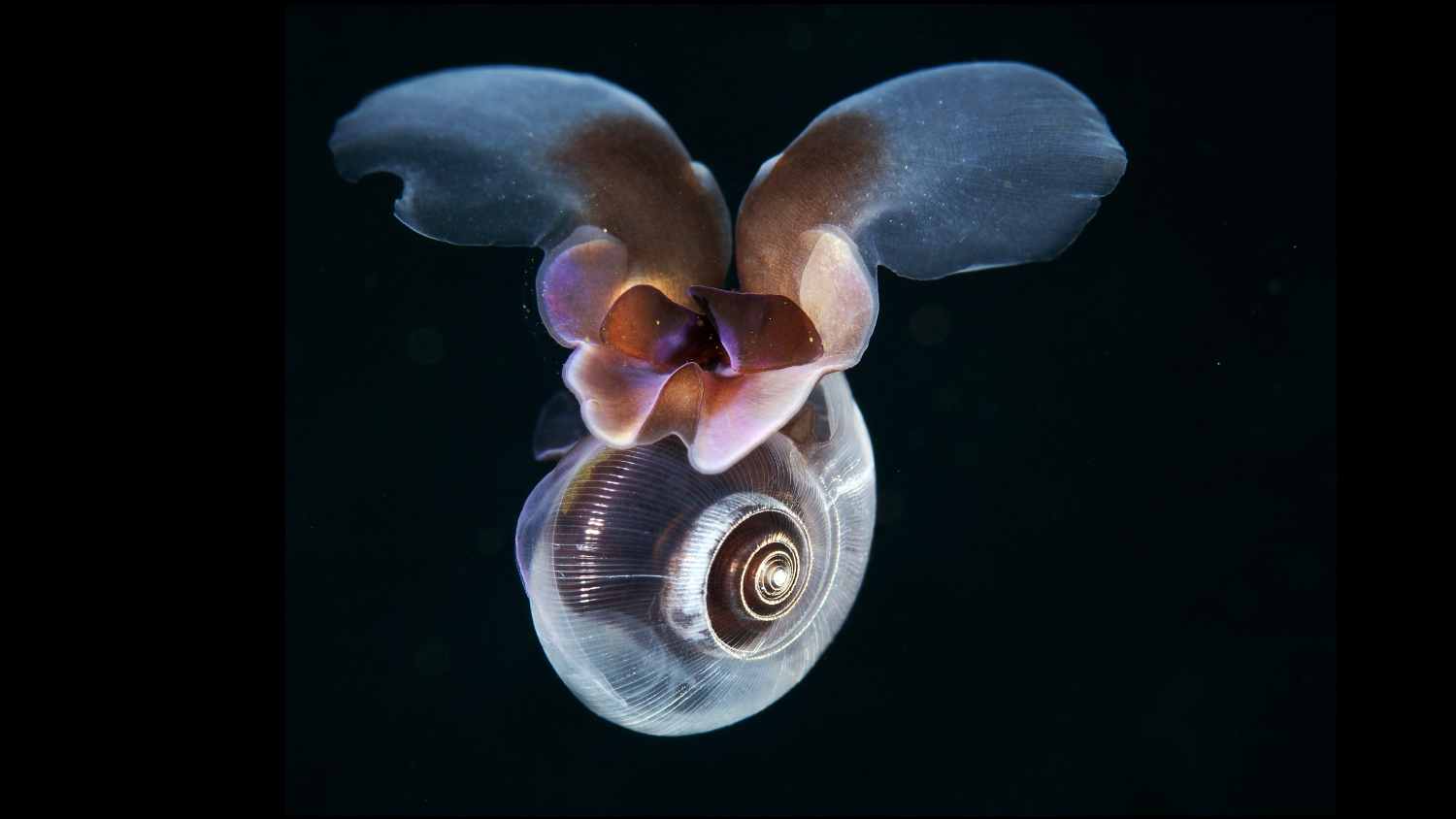
Sea butterfly photographed by Russian photographer Alexander Semenov. /VCG Photo
Sea butterfly photographed by Russian photographer Alexander Semenov. /VCG Photo
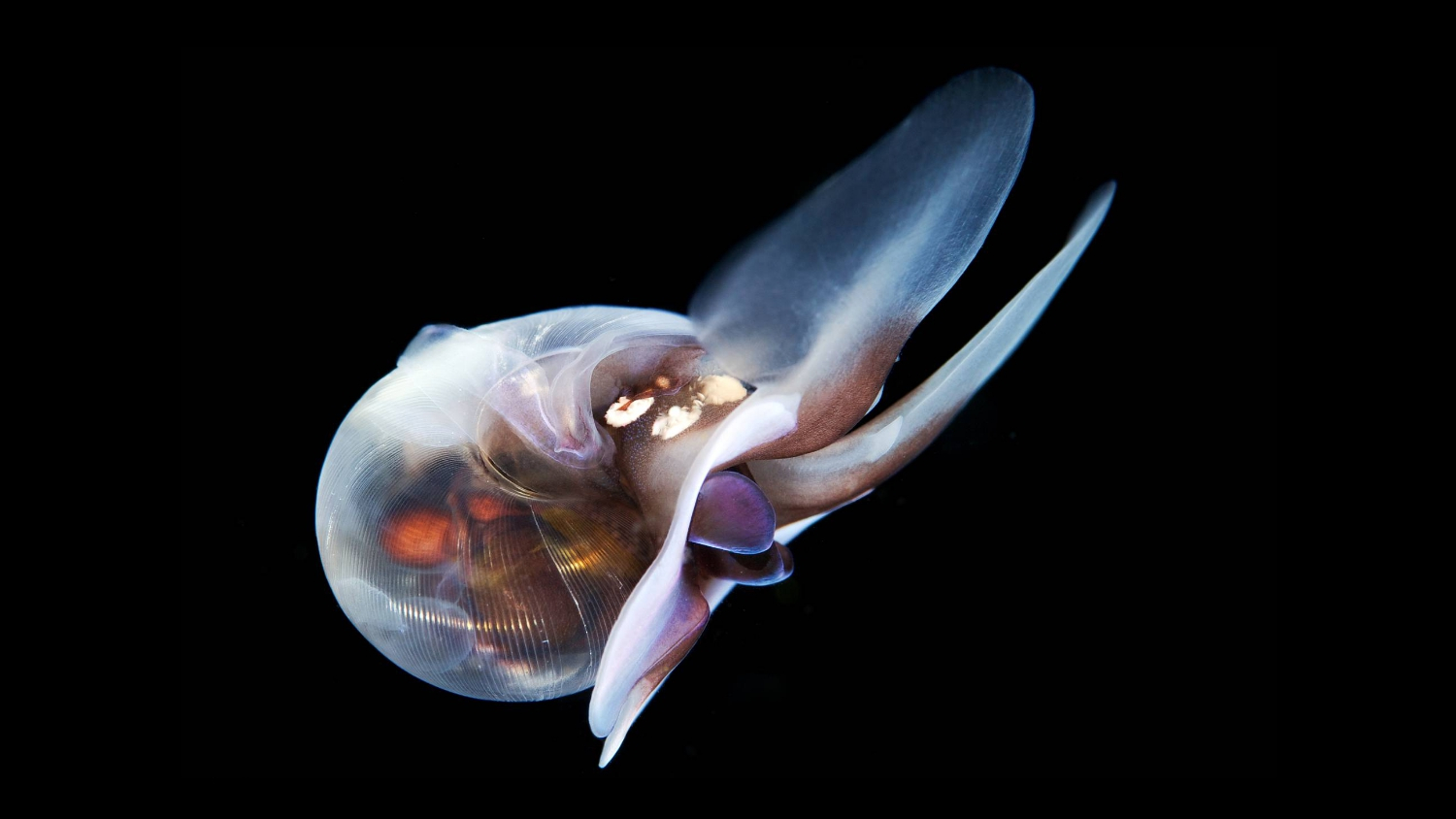
The transparent shell of a sea butterful is extremely fragile. /VCG Photo
The transparent shell of a sea butterful is extremely fragile. /VCG Photo
This tiny creature feeds by deploying a net over its wings to trap food. This net can be five times the size of the actual snail. After trapping a sufficient amount of food, the sea butterfly sucks the net back to take in the nutrients.
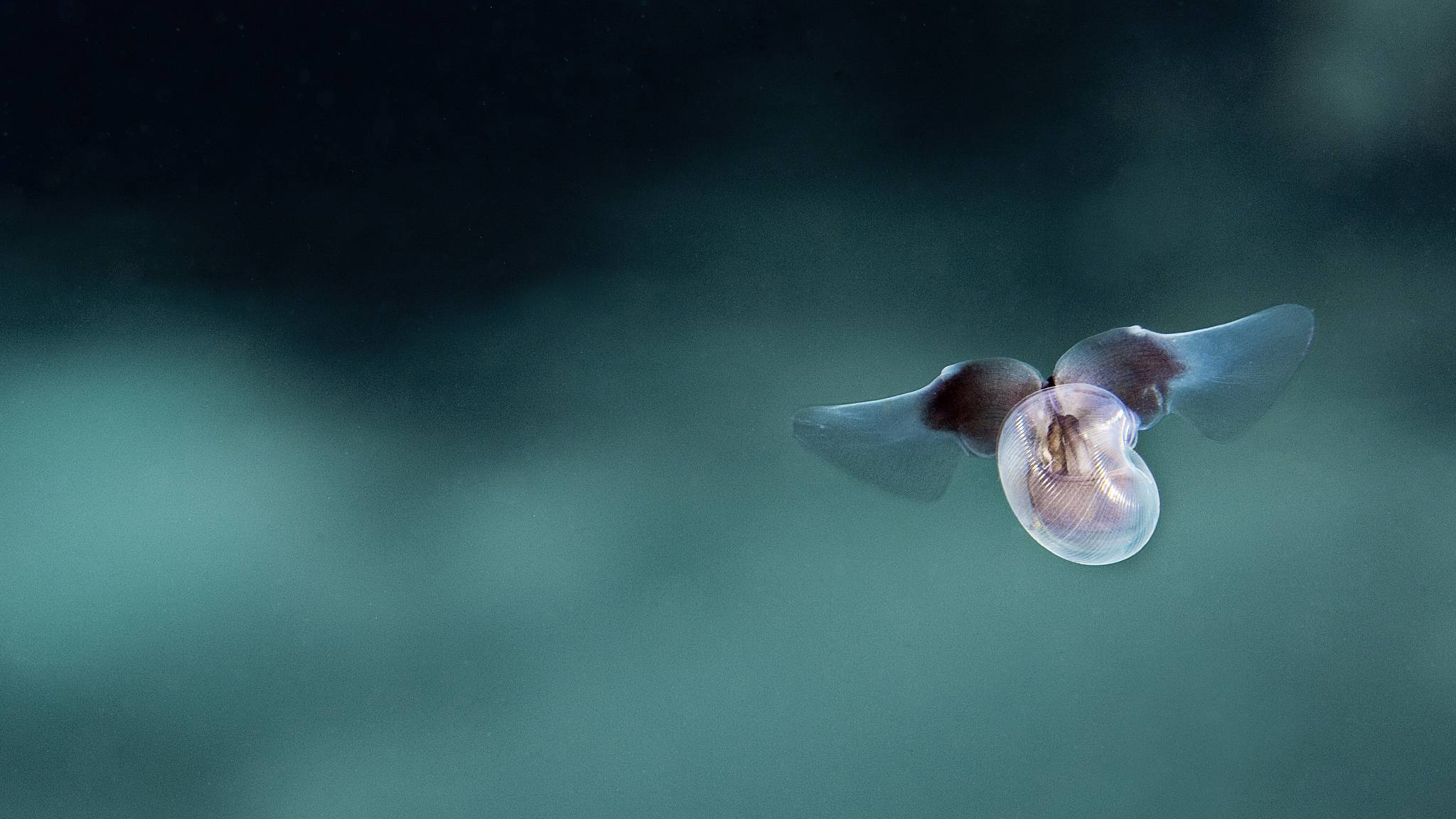
A "flying" sea butterfly. /VCG Photo
A "flying" sea butterfly. /VCG Photo
Sea butterflies are said to make up more than 50% of the zooplankton in the polar seas, feeding a huge range of animals from herrings to ringed seals. However, since many sea butterflies have black coloring inside their bodies, a fish's gut will be stained black if it consumes too many sea butterflies.
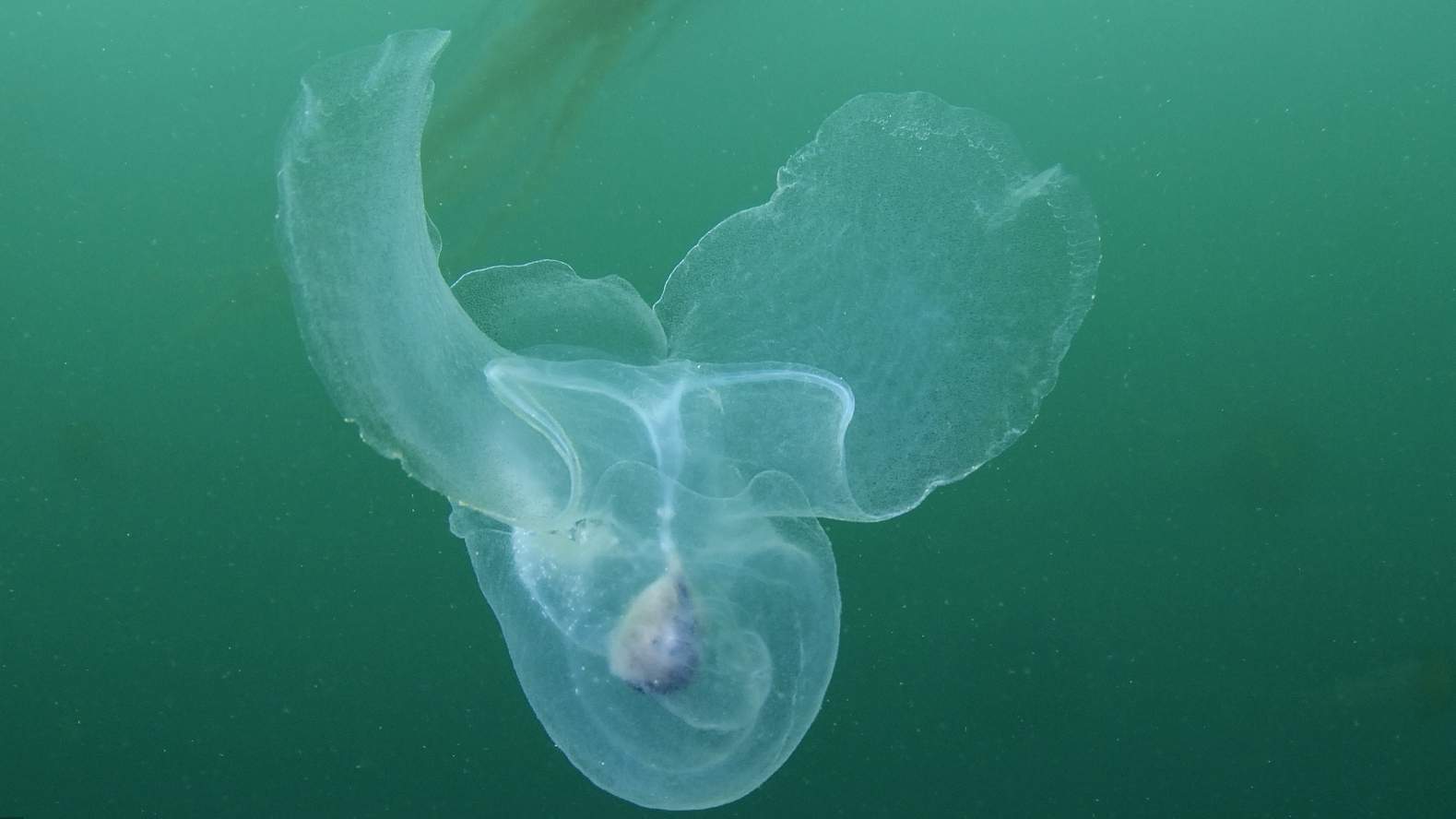
Tansparent body of a sea butterfly. /VCG Photo
Tansparent body of a sea butterfly. /VCG Photo
When around one quarter of the carbon dioxide released by human activities dissolves in the ocean, the acidified ocean dissolves the thin and transparent shells of many species of the sea butterfly and kill them eventually.
(Cover image is designed by CGTN's Li Yueyun.)
(If you want to contribute and have specific expertise, please contact us at nature@cgtn.com.)

SITEMAP
Copyright © 2018 CGTN. Beijing ICP prepared NO.16065310-3
Copyright © 2018 CGTN. Beijing ICP prepared NO.16065310-3